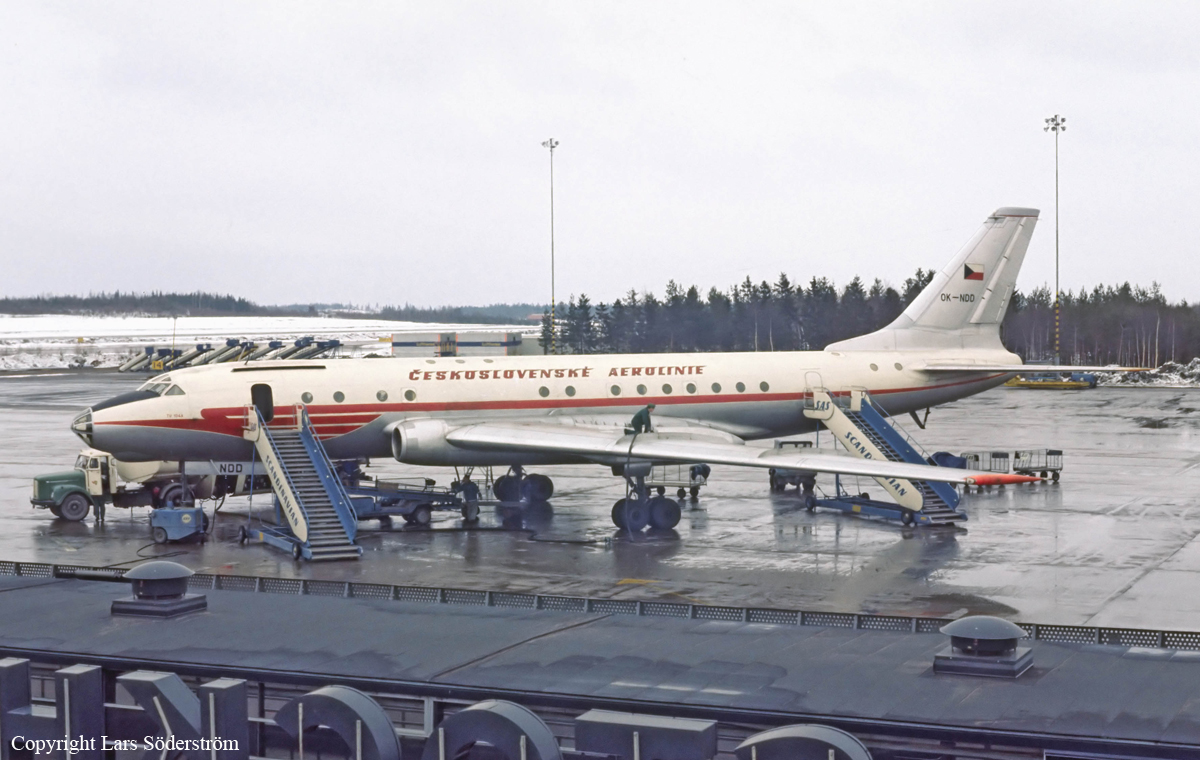Crash of a Tupolev TU-104B in Irkutsk: 97 killed
Date & Time:
Jul 25, 1971 at 0835 LT
Registration:
CCCP-42405
Survivors:
Yes
Schedule:
Odessa – Kiev – Chelyabinsk – Novosibirsk – Irkutsk – Khabarovsk – Vladivostok
MSN:
8 2 02 02
YOM:
1958
Flight number:
SU1912
Crew on board:
8
Crew fatalities:
Pax on board:
118
Pax fatalities:
Other fatalities:
Total fatalities:
97
Aircraft flight hours:
19489
Aircraft flight cycles:
9929
Circumstances:
Flight SU1912 departed Odessa Airport in Ukraine on July 24 to Vladivostok with intermediate stops in Kiev, Chelyabinsk, Novosibirsk, Irkutsk and Khabarovsk. While descending to Irkutsk-Intl Airport in the morning, the crew encountered poor weather conditions with low clouds and rain falls. As the visibility was limited, the crew was unable to locate the runway and obtained an ATC assistance on final. Unfortunately, the aircraft was unstable and the crew was instructed by ATC to turn to the right to reach the glide as the aircraft was descending to the left. At an excessive vertical speed and an approach speed 32 km/h below the prescribed approach speed, the aircraft banked left and right. The right main gear struck the runway surface 154 meters past the runway threshold and the left main gear touched the ground 183 meters from the threshold. The ground impact was in excess of the g-load certification. After touchdown, the airplane went out of control, deviated from the centerline to the left, lost its left wing and came to rest in flames after a course of 500 meters to the left of the main runway. 97 occupants, among them four crew members, were killed, while 29 other occupants were injured. The aircraft was destroyed.
Probable cause:
One of the flight data recorder was out of service at the time of the accident due to lack of sufficient technical controls. The second data recorder disconnected when the right main gear impacted the runway surface. Investigations revealed that the aircraft' speed was 32 km/h lower than the prescribed speed when the vertical speed was too high, which prevented the pilots to complete a correct touchdown and avoid the violent impact with the runway surface. Aerodynamic forces recorded at impact exceeded the certification of the aircraft, resulting in a loss of control and then the failure of the left wing. The probable cause of the loss of speed on short final could be the combination of a series of erroneous actions on part of the flying crew, coupled with incorrect speed indication, possibly be due to a leak of the power system that occurred at low altitude and in marginal weather conditions.


